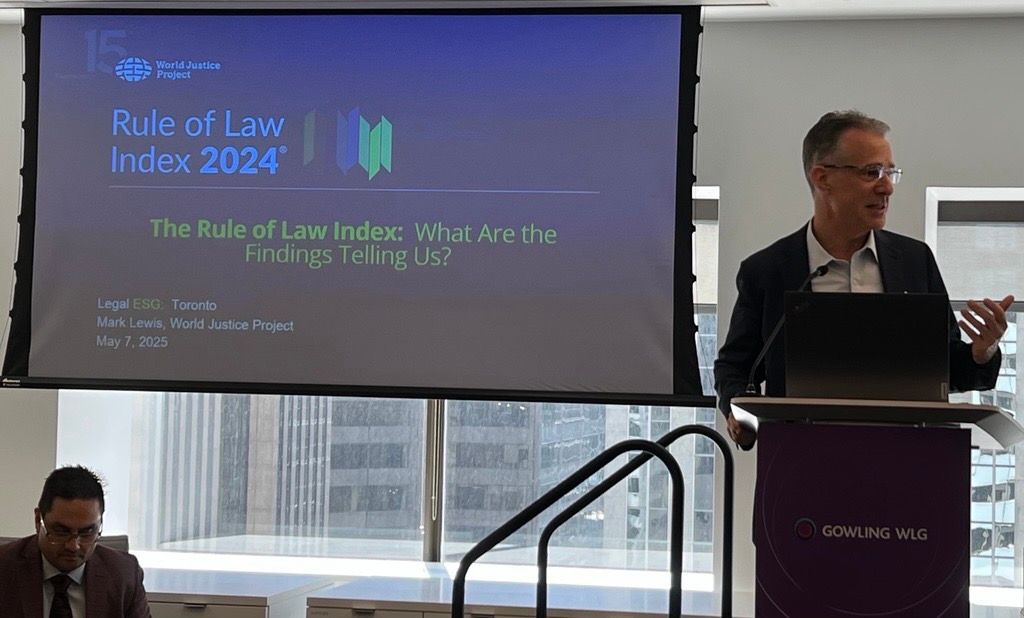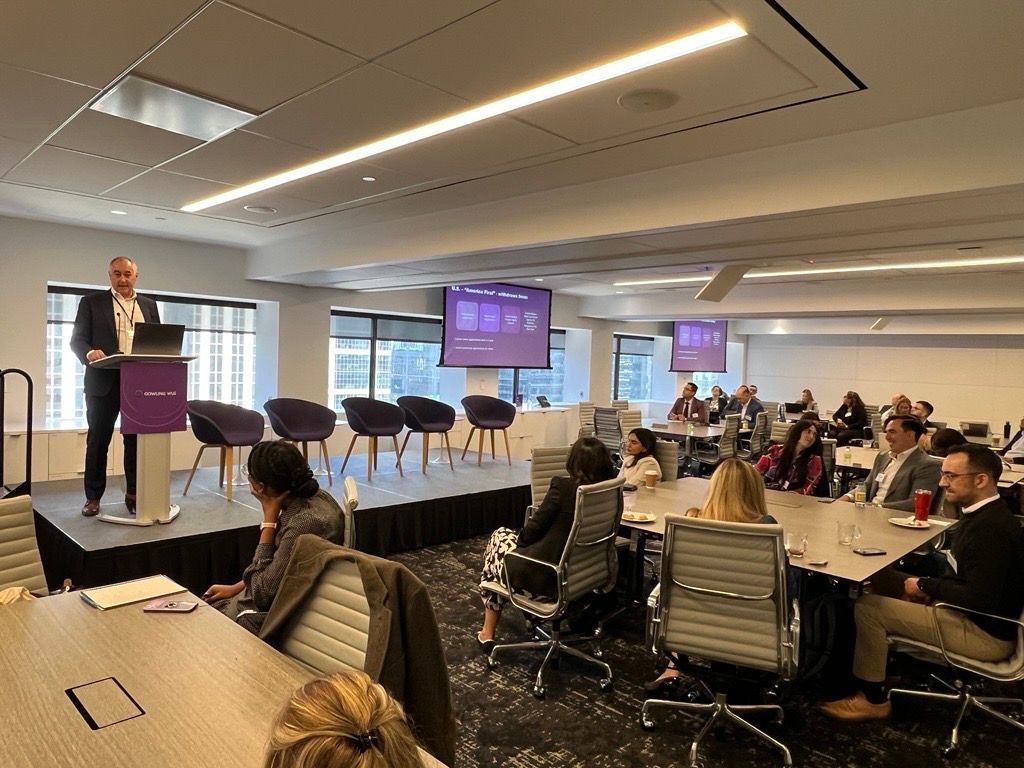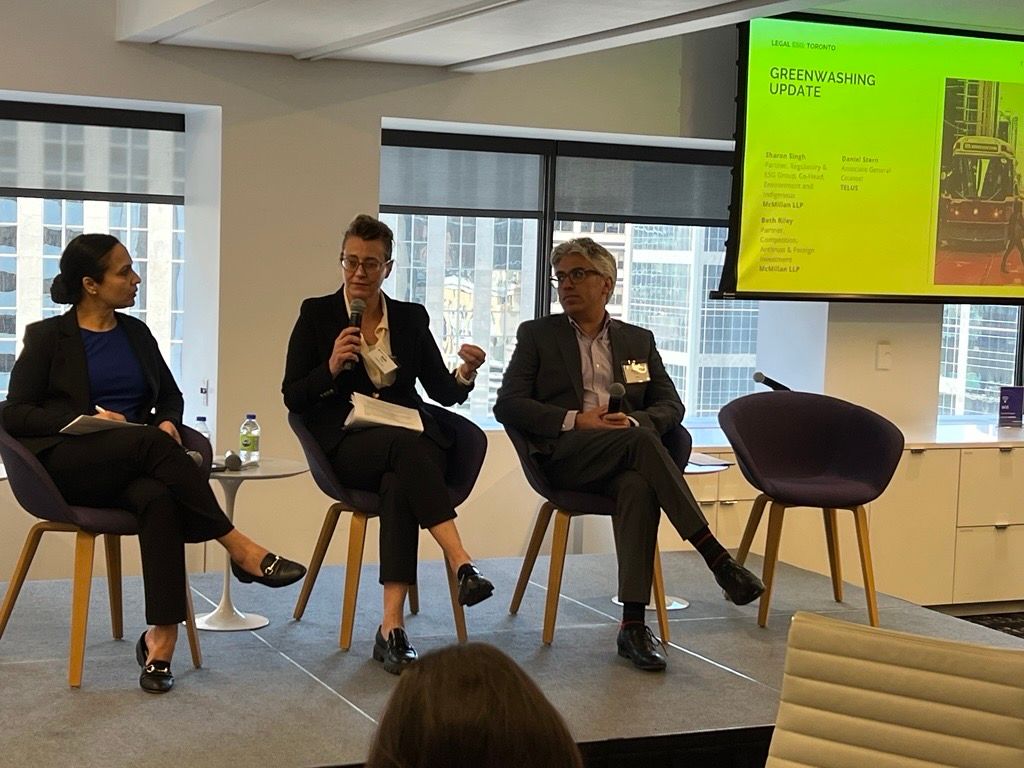May 15, 2025
AUTHOR Inside Practice
Re-Wiring Governance: From Student Pressure to Board-Room Imperative
Legal ESG: Toronto was a conference that brought together thought leaders, regulators, and legal innovators to discuss global ESG trends and practical strategies for collaboration, compliance, and resilience. It featured panels, workshops, and keynotes on topics like AI in legal practice, greenwashing, political shifts, ESG oversight, and the rule of law, offering insights to help the Canadian legal profession navigate the evolving ESG landscape.
What Was Discussed at Legal ESG Toronto?
Law-student activism rarely sways balance sheets—until it does. At Toronto, delegates discussed a climate-scorecard that ranks firms by the carbon intensity of their mandates and the creators explained, with clinical calm, how that single data point is already steering candidate interviews. Their takeaway is disarmingly simple: a law firm’s performance on some of these metrics decides who walks through the door—and who quietly walks away. The talent angle is impossible to ignore. Graduates scan the scorecard, cross-reference social-media chatter, and vote with their CVs. Firms that dismiss the rankings as “campus noise” soon discover that pipeline risk is not theoretical; it arrives next recruiting season.
That bottom-up jolt landed in a room already processing darker macro trends. Fresh data from the World Justice Project shows a seven-year slide in government accountability and civil-justice efficiency, even in traditionally stable jurisdictions. When investors knit those scores into sovereign-risk models, financing costs edge up. Add a widening gap in Indigenous-rights enforcement, and a hard truth emerges: credibility lives or dies in the “G,” not the “E” or the “S.”
And what of the Board’s role? Panelists described a “deep-dive loop”: committees map material ESG risks, schedule an immersive workshop, embed outcomes into the proxy circular, and—crucially—treat sustainability metrics with the same internal-control rigour as IFRS numbers. Five years ago, fewer than half of TSX issuers linked pay to non-financial targets; today roughly three-quarters do, and the most ambitious dedicate ten percent of variable compensation to a stand-alone climate or inclusion index. When pay follows purpose, attention follows pay.
Where, then, should Boards start? First, refresh the skills matrix—climate science, Indigenous partnership and digital risk belong beside audit and finance. Second, hard-wire measurable ESG targets into compensation and publish the math. Third, audit every public statement—annual report, podcast, tweet—for alignment. Fourth, fold rule-of-law metrics into country-entry memos. Finally, invite student or early-career voices into the strategy cycle; they spot reputational fractures before the market does.
Governance is no longer the silent letter in ESG. It is the architecture that sustains both credibility and competitiveness in an era when talent, clients and regulators triangulate the same data faster than boards schedule the next meeting.









